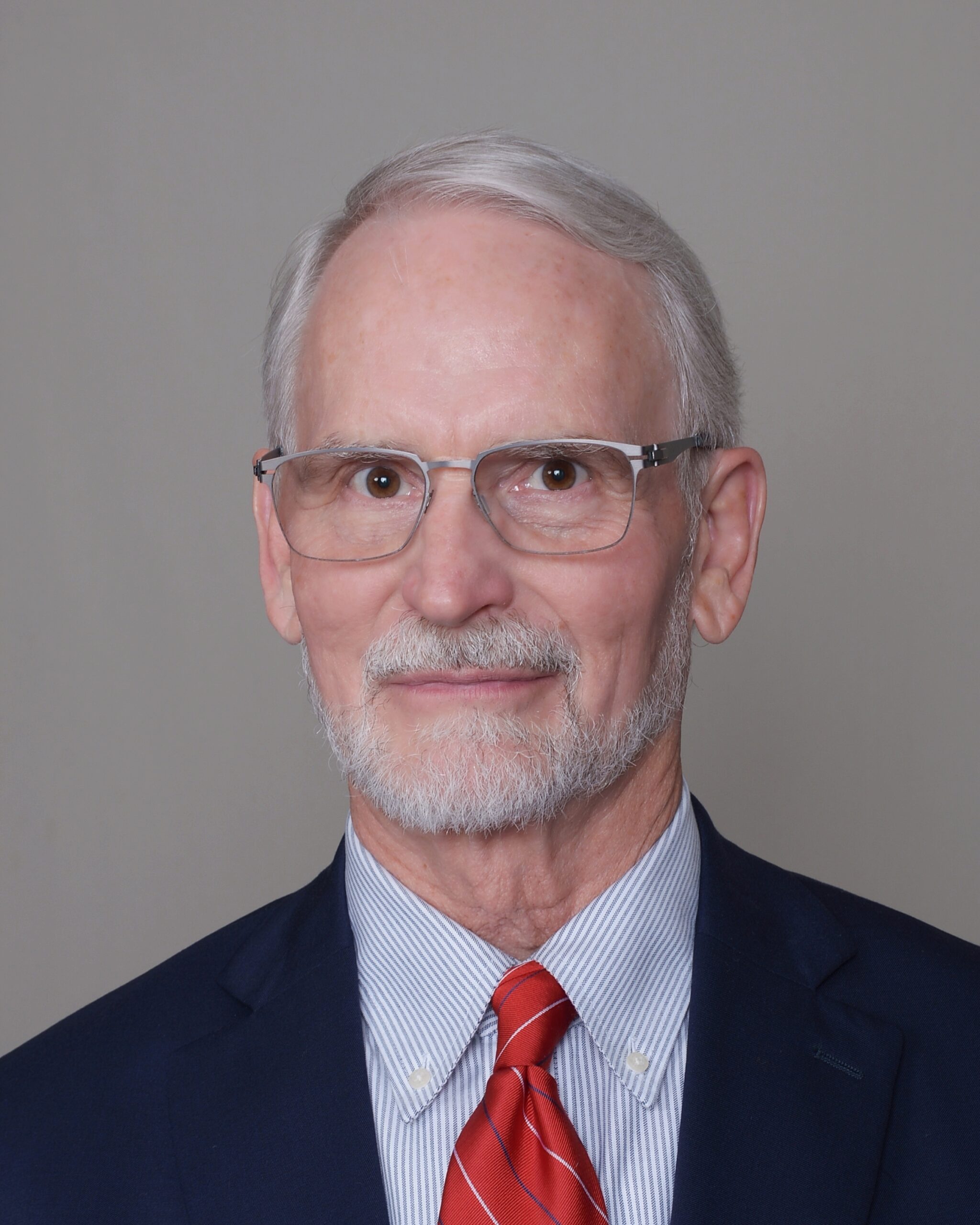GAS CONTRACTS’ IMPACT ON MEASUREMENT ACCURACY
Much effort is spent to achieve accurate measurement. Up to date measurement standards, modern meter station design, high quality equipment, and proper measurement operations are all necessary for measurement accuracy. Unfortunately, these processes do not assure measurement accuracy if the contract does not also support accurate measurement. The contract impacts measurement accuracy by what it addresses and what is left unaddressed. More focus needs to be applied to the measurement sections of the contracts. Hopefully this paper will help the reader better understand the relationship between the contract and accuracy.




